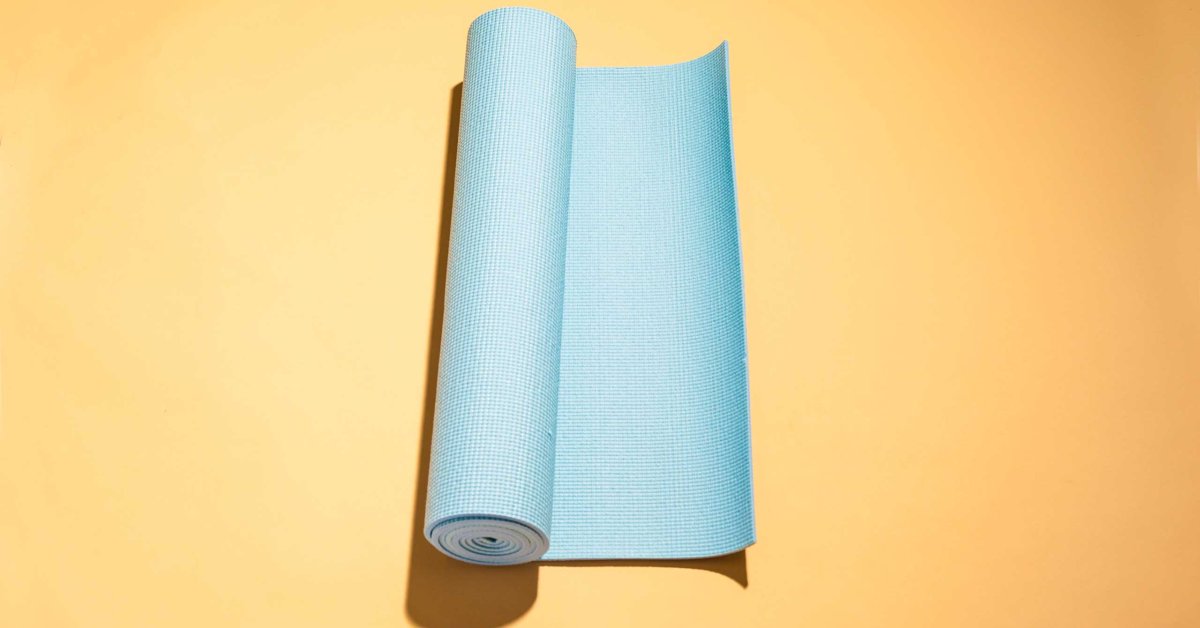At True Mind + Body, a mental-health clinic in Northbrook, Ill., therapy goes way beyond the couch. Adult clients can book “walk-and-talk” sessions with a therapist, working through their problems while strolling in the fresh air (or on a treadmill, if bad weather demands it). Or, they can sign up for in-house yoga classes that promote mindfulness and are followed by group discussions. Kids and teenagers, meanwhile, can have their therapy appointments while shooting hoops, traversing an obstacle course, or playing soccer in one of the clinic’s movement rooms.
The idea behind this holistic approach, says co-founder and licensed clinical social worker Melissa Novack, is to supplement traditional mental-health treatment with the healing power of movement, which has been shown in numerous studies to improve psychological as well as physical health.
“Science tells us that we’re one workout away from a good mood,” Novack says. Combining that workout with therapy is especially beneficial, she says, because clients can tap into a “sense of productivity or purpose when moving.” People who feel nervous in traditional therapy sessions—particularly kids—may also feel at ease when they’re active.
The idea of mixing movement with mental-health isn’t brand new. Wilderness therapy programs combining behavioral support and outdoor adventure have been around for decades, and plenty of clinics have adopted the walk-and-talk model to get clients moving. Other therapists integrate nature into their appointments, whether by hiking, gardening, or forest bathing.
While not all of these approaches have been formally studied, some research suggests they’re onto something. Several recent studies have concluded that mental-health treatments are more effective when they’re combined with physical activity programs, supporting the idea that therapy can be about far more than just talking.
Read More: How to Be Ambitious Without Sacrificing Your Mental Health
The combination of exercise and therapy doesn’t necessarily need to be simultaneous to be beneficial, says Jennifer Thomas, a health and well-being researcher at the U.K.’s Swansea University who has studied the benefits of combining exercise and therapy. Some of the studies she analyzed for a 2020 research review involved programs that mixed exercise directly into therapy sessions, while others staggered the timing of treatment and exercise. As long as people were getting both mental-health treatment and following a specific physical-activity plan during the same time period, she says, the benefits tended to build upon one another.
“Regardless of what type of exercise you do or what you’re adding it to, there is most likely going to be a benefit for patients,” agrees Jacqueline Lee, a graduate neuroscience student at the University of British Columbia and co-author of a 2021 research review on the benefits of combined exercise and mental-health treatment.
Why does exercise have such a strong effect on mental health? That’s a question researchers are still studying, but there seem to be multiple pathways. Studies have long shown that working out releases feel-good endorphins, and animal research suggests it can also increases the brain’s supply of neurotransmitters, which may improve mood and decrease stress, anxiety, and depression. Exercise has also been shown to boost blood flow to and stimulate nerve growth in the brain, which can improve cognitive health and function, potentially leading to psychological benefits including the prevention or improvement of depressive symptoms. Physical activity is also linked to better sleep, which is itself beneficial for mental health.
These effects can be powerful. A World Health Organization report published Feb. 17 estimates that, if everyone in the European Union got at least 150 minutes of weekly physical activity, there would be 3.5 million fewer new cases of depression there by 2050—a decrease that represents about 10% of the number of E.U. residents currently estimated to have depression.
Read More: Why So Many Young Adults with Depression Don’t Get Treatment
Depression seems to be a particularly strong target for combined exercise and mental-health treatment regimens. A 2020 research review found that behavioral therapy combined with exercise eased depressive symptoms—though not symptoms of anxiety—better than therapy alone. The review Lee co-authored also found that patients had fewer depressive symptoms when they combined their regular treatment—either pharmaceutical or therapeutic—with physical activity, rather than following the regular treatment plan alone. Exercise may even make patients more likely to comply with their other treatment programs, her research suggests.
There’s no single “best” form of exercise for mental health, Thomas says, nor is there a set amount someone has to do to feel better. While U.S. public-health guidelines recommend getting at least 150 minutes of moderate or 75 minutes of vigorous activity per week, studies suggest almost any amount of movement can improve mental and physical health.
Still, while any style of exercise can be beneficial, Thomas’ research suggests that physical activity has the biggest impact on mental well-being when it fulfills certain psychological needs, including feeling competent, connecting with others, and mastering tasks or skills. The most effective movement programs, she says, are tailored to the person’s preferences, include a social element and plenty of encouragement, and are neither too challenging nor too easy—a sweet spot that allows the satisfaction of accomplishing a hard task without becoming overly daunting. When done right, any style of fitness can fulfill those values, Thomas says.
While researchers are still determining exactly why physical activity has such a strong psychological effect, Lee says there’s already more than enough evidence to support the idea of adding exercise to mental-health treatment.
“There’s really almost no illness or disease where exercise doesn’t help outcomes for patients,” Lee says. “There’s no downsides and so many benefits.”
More Must-Reads From TIME





















Discussion about this post